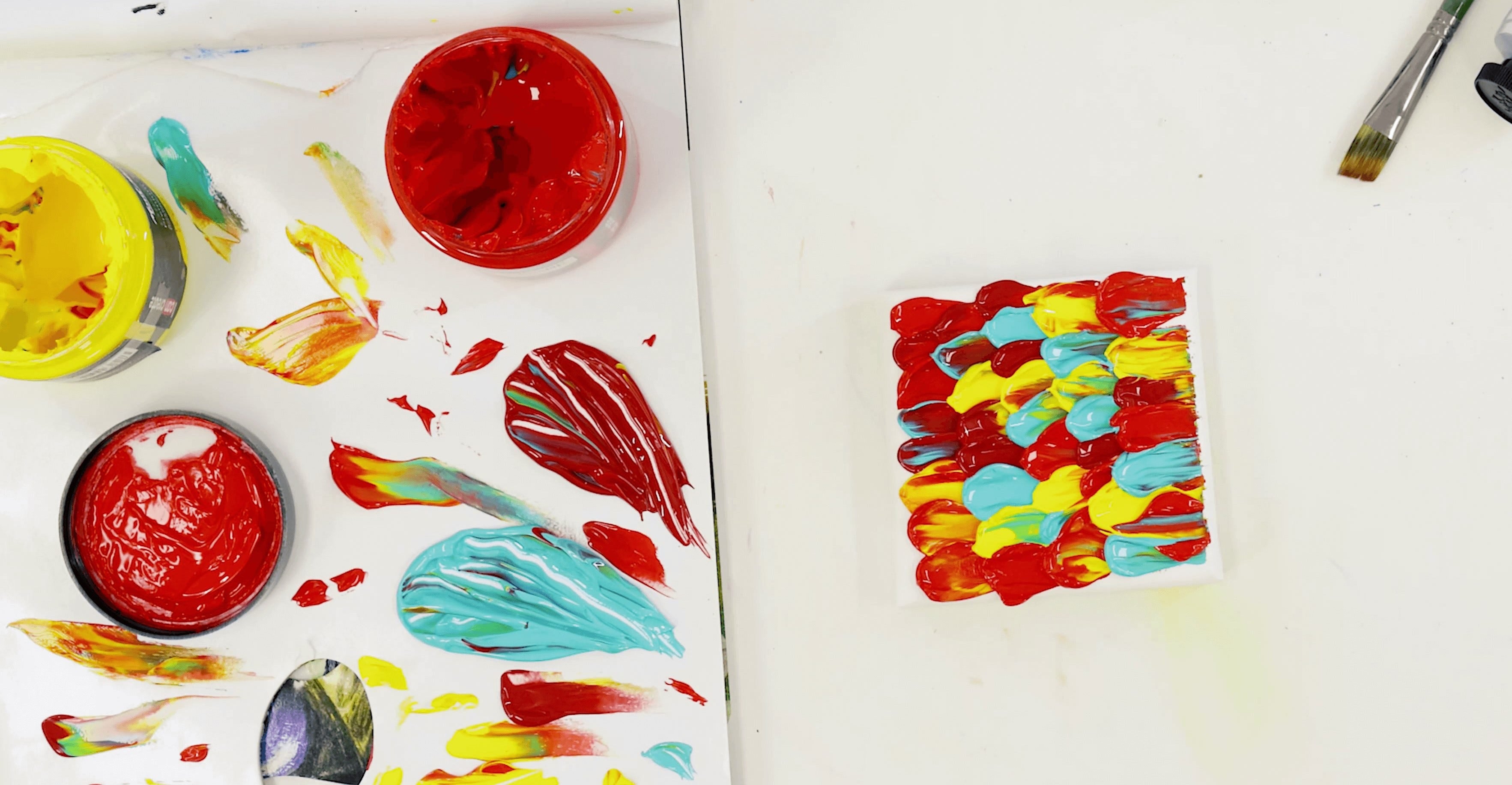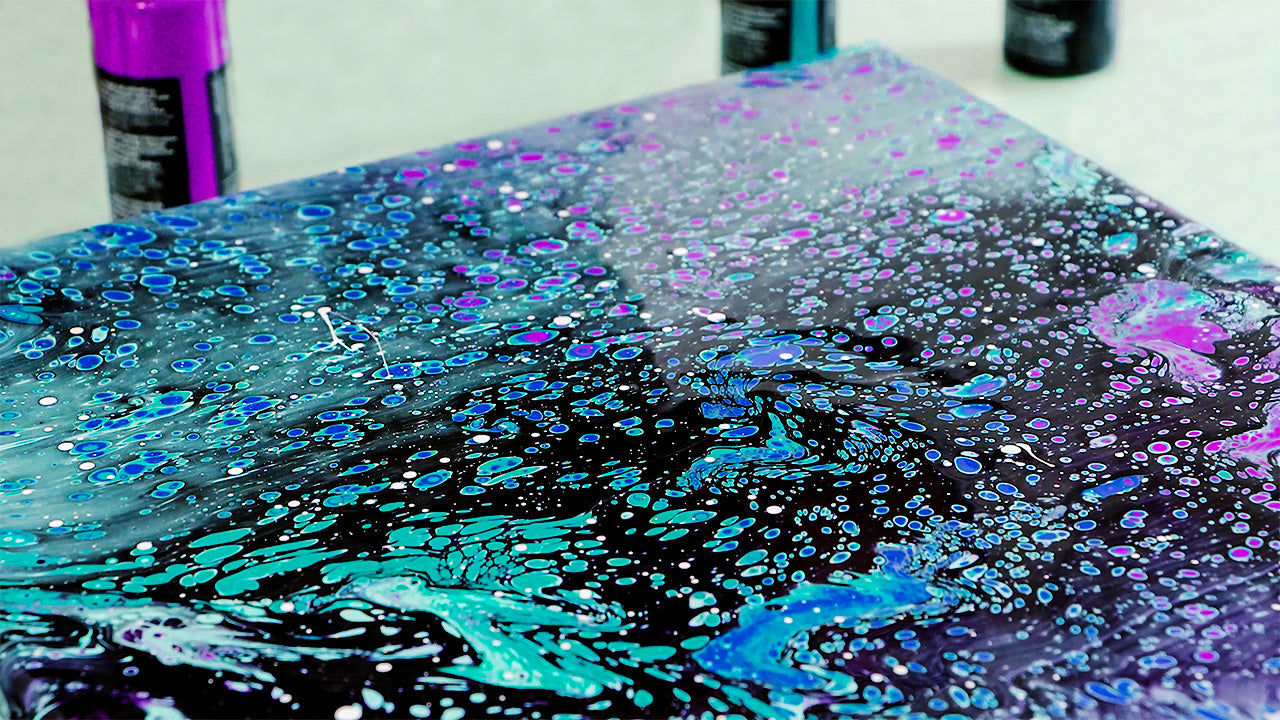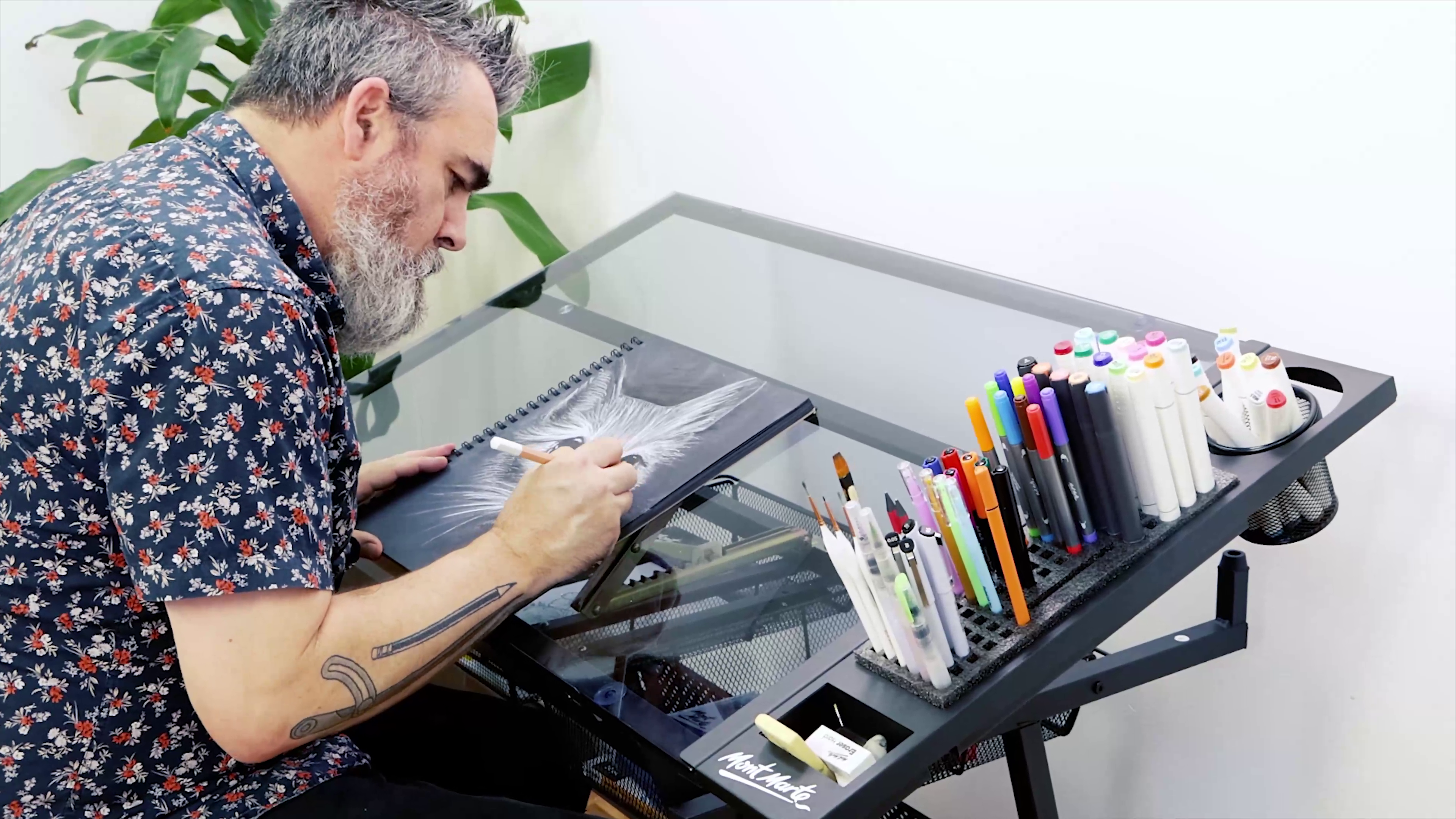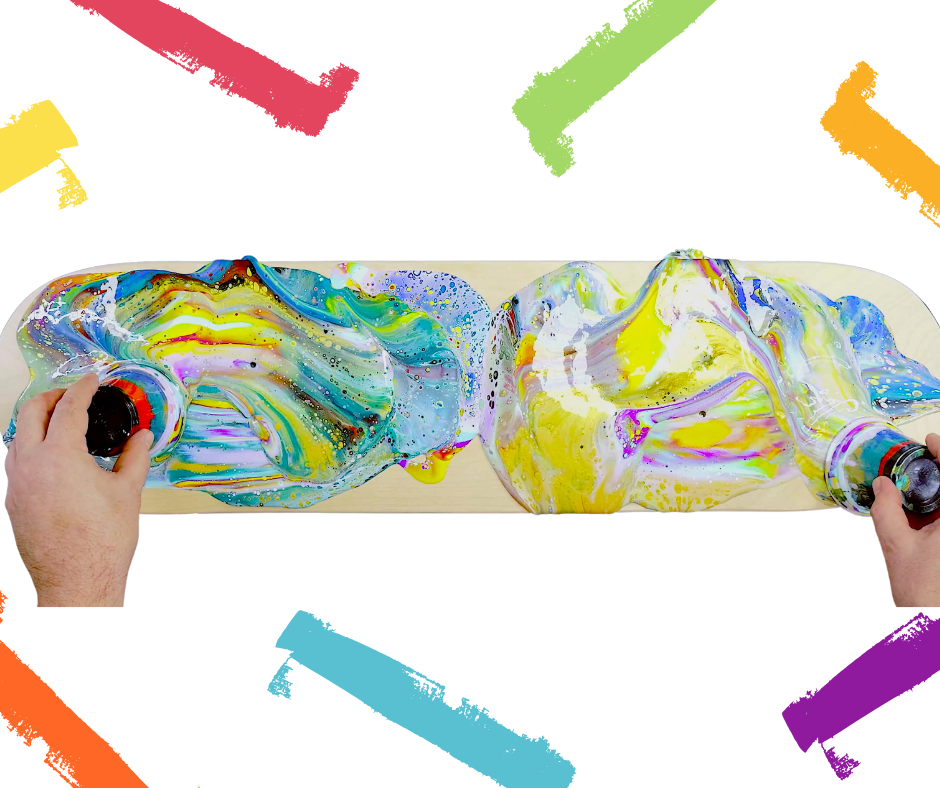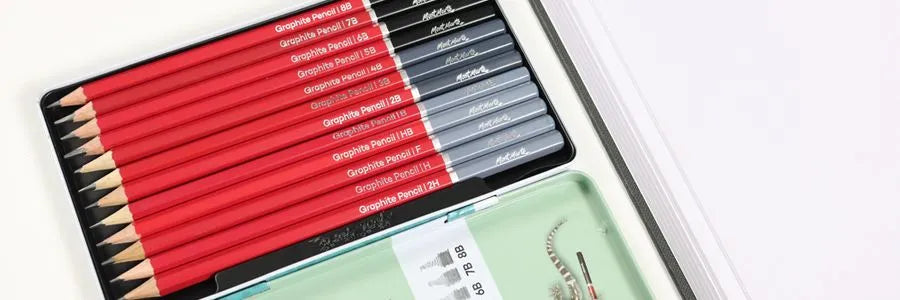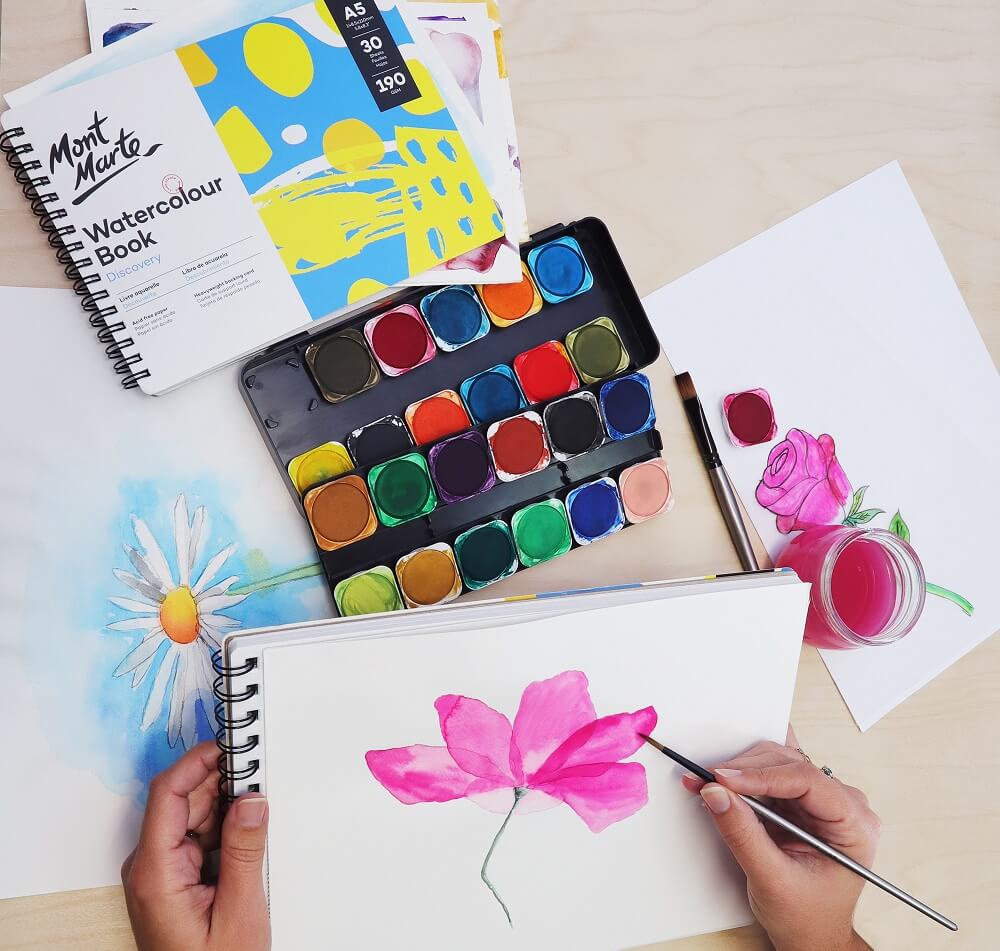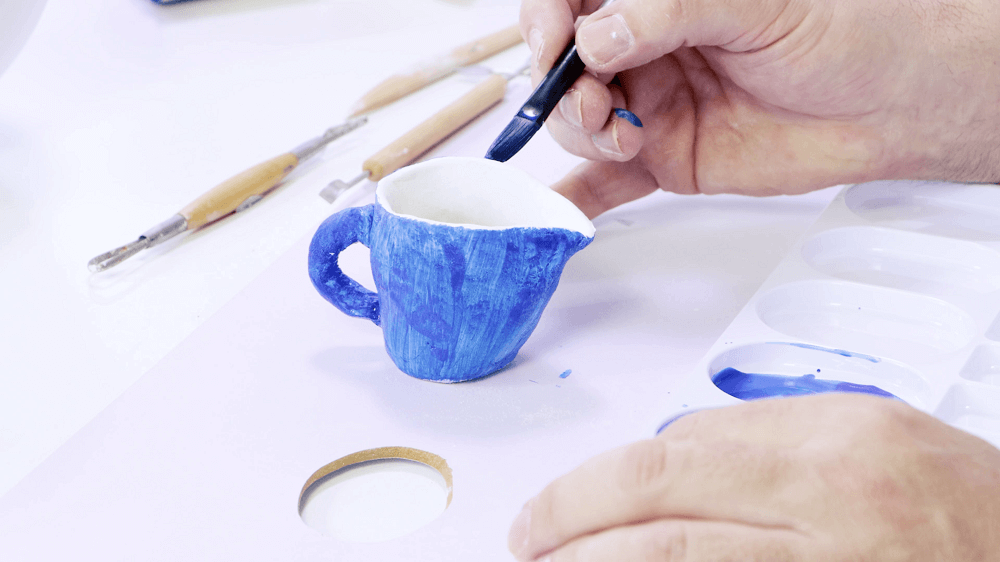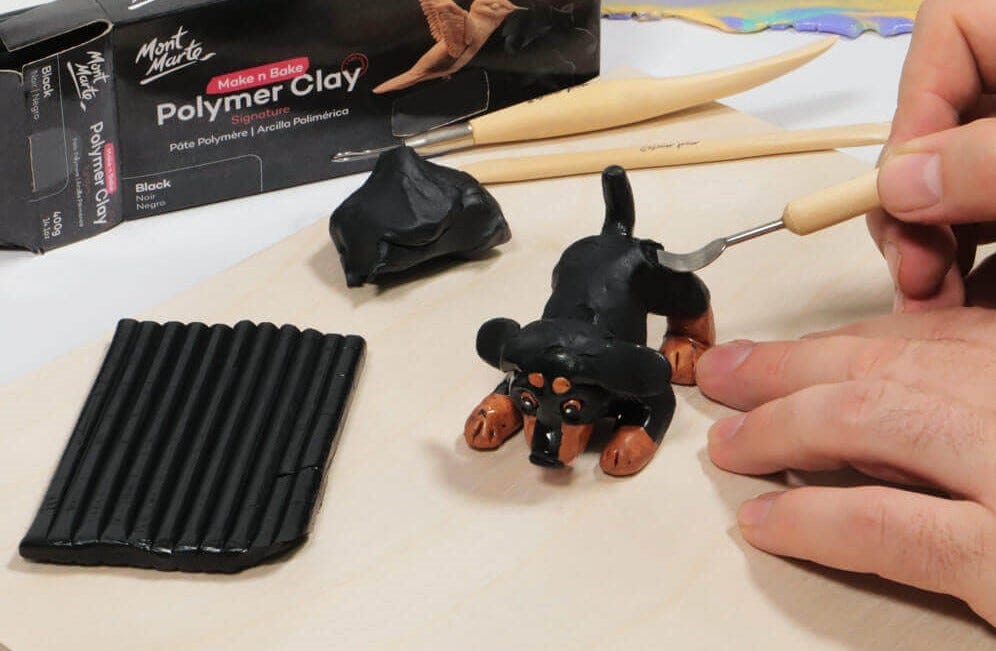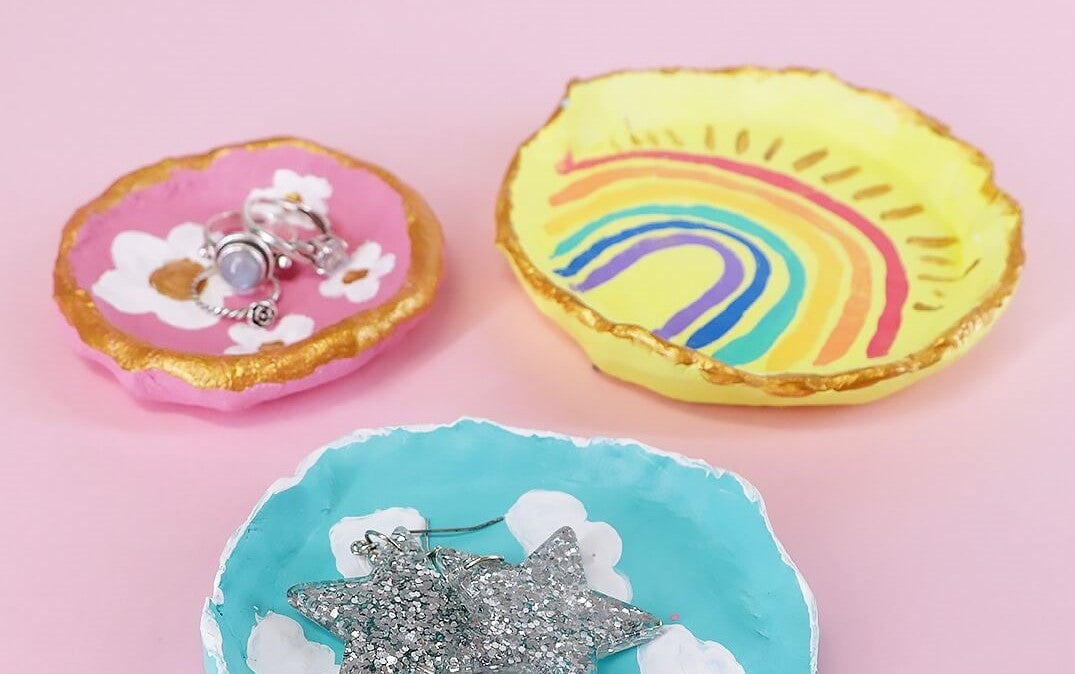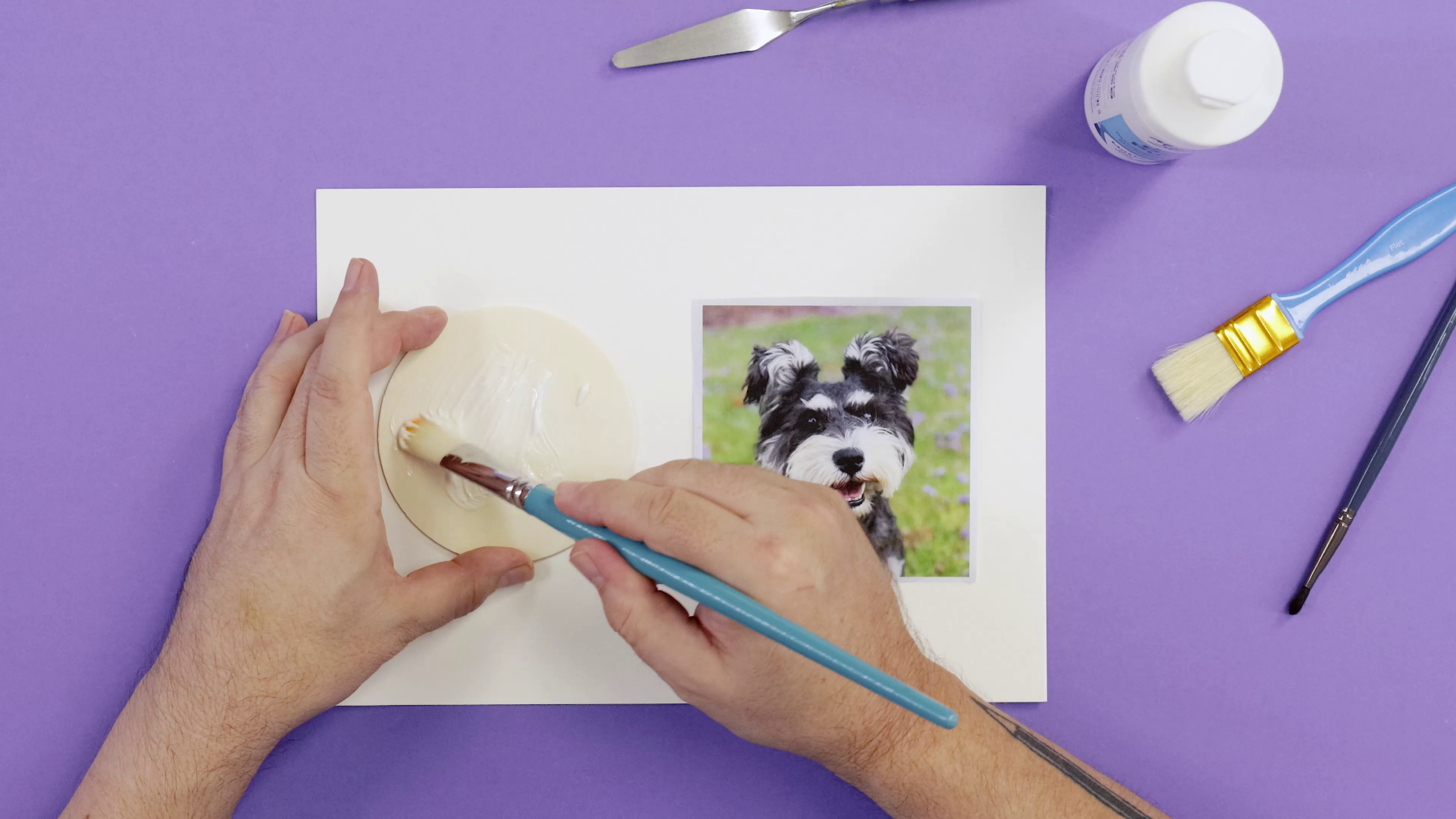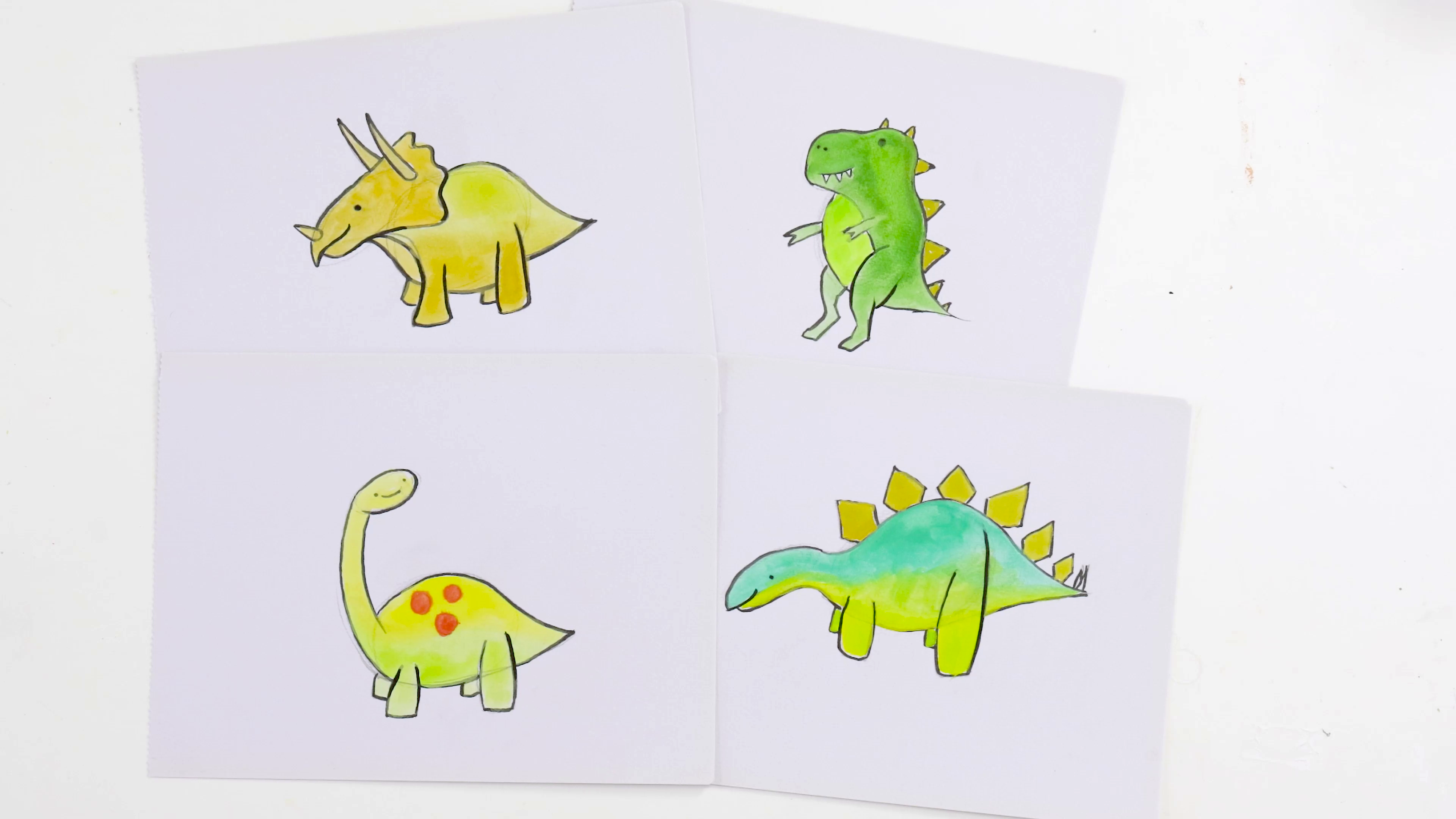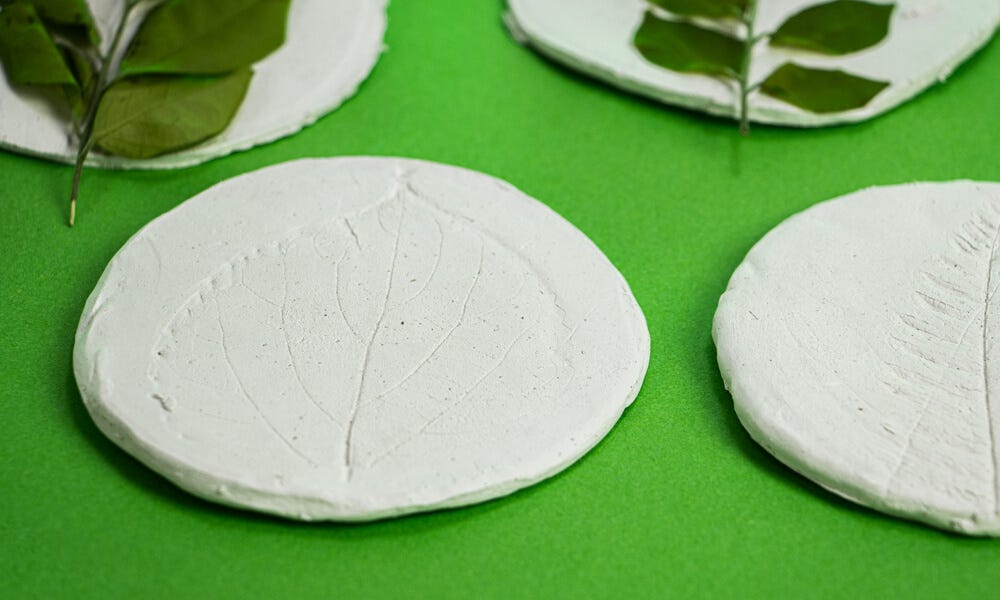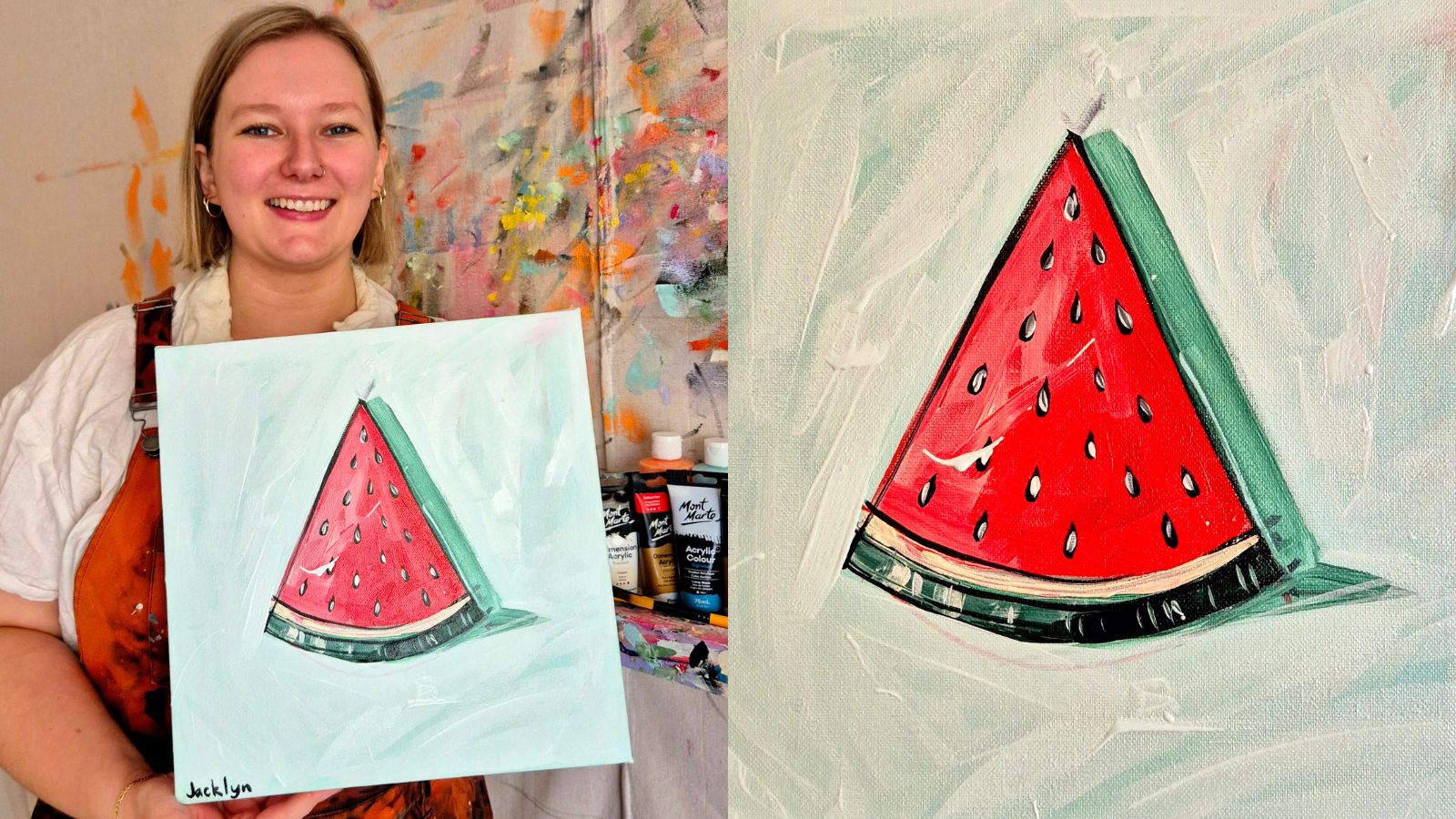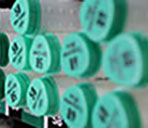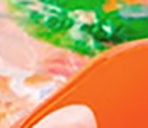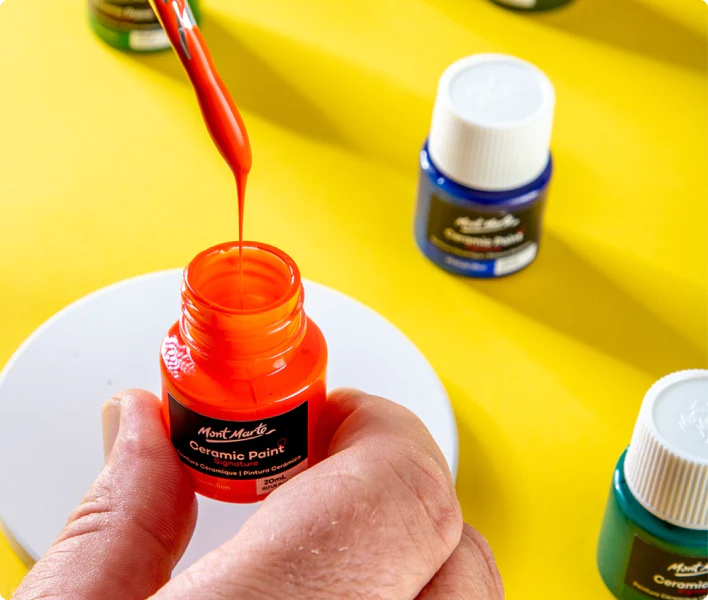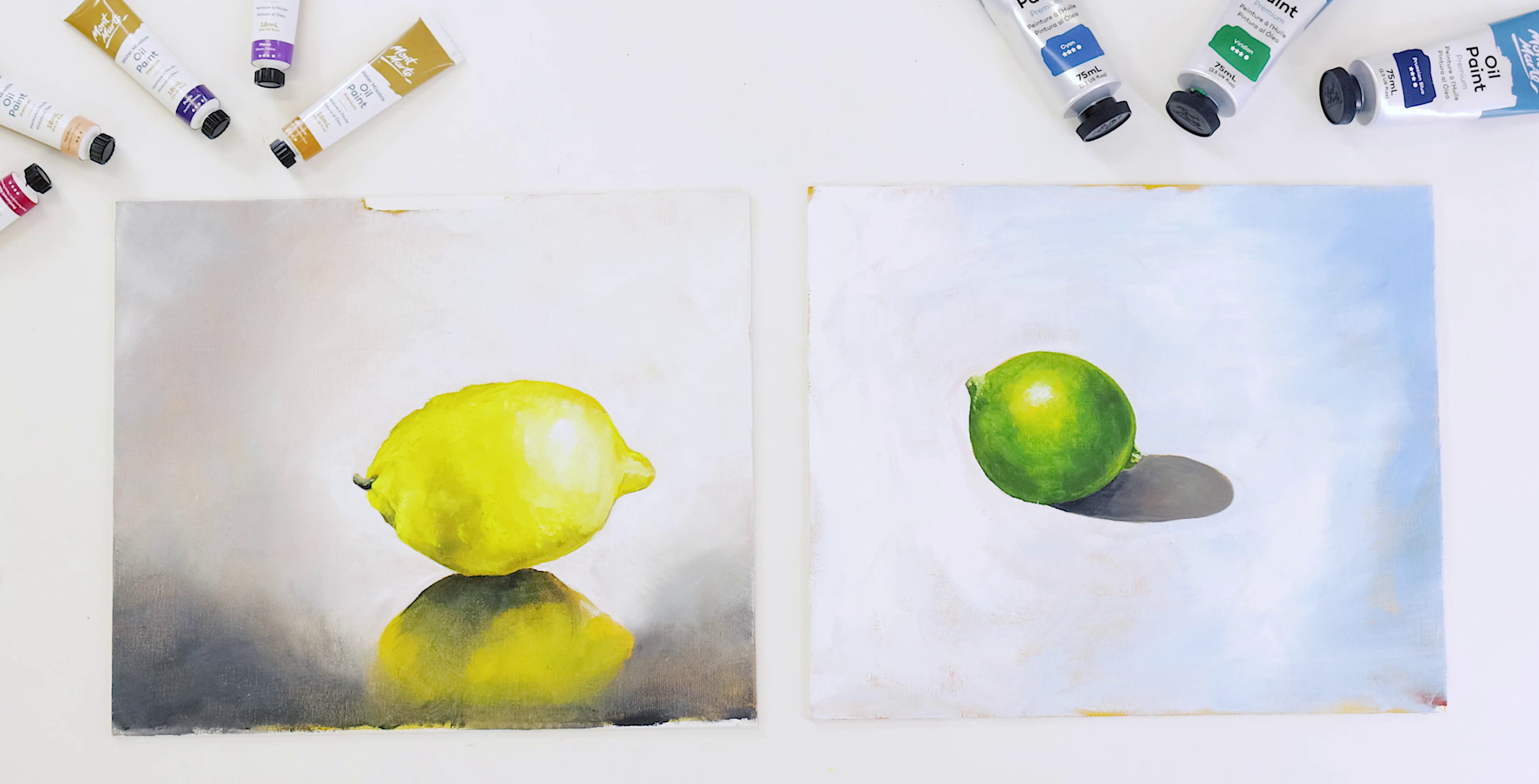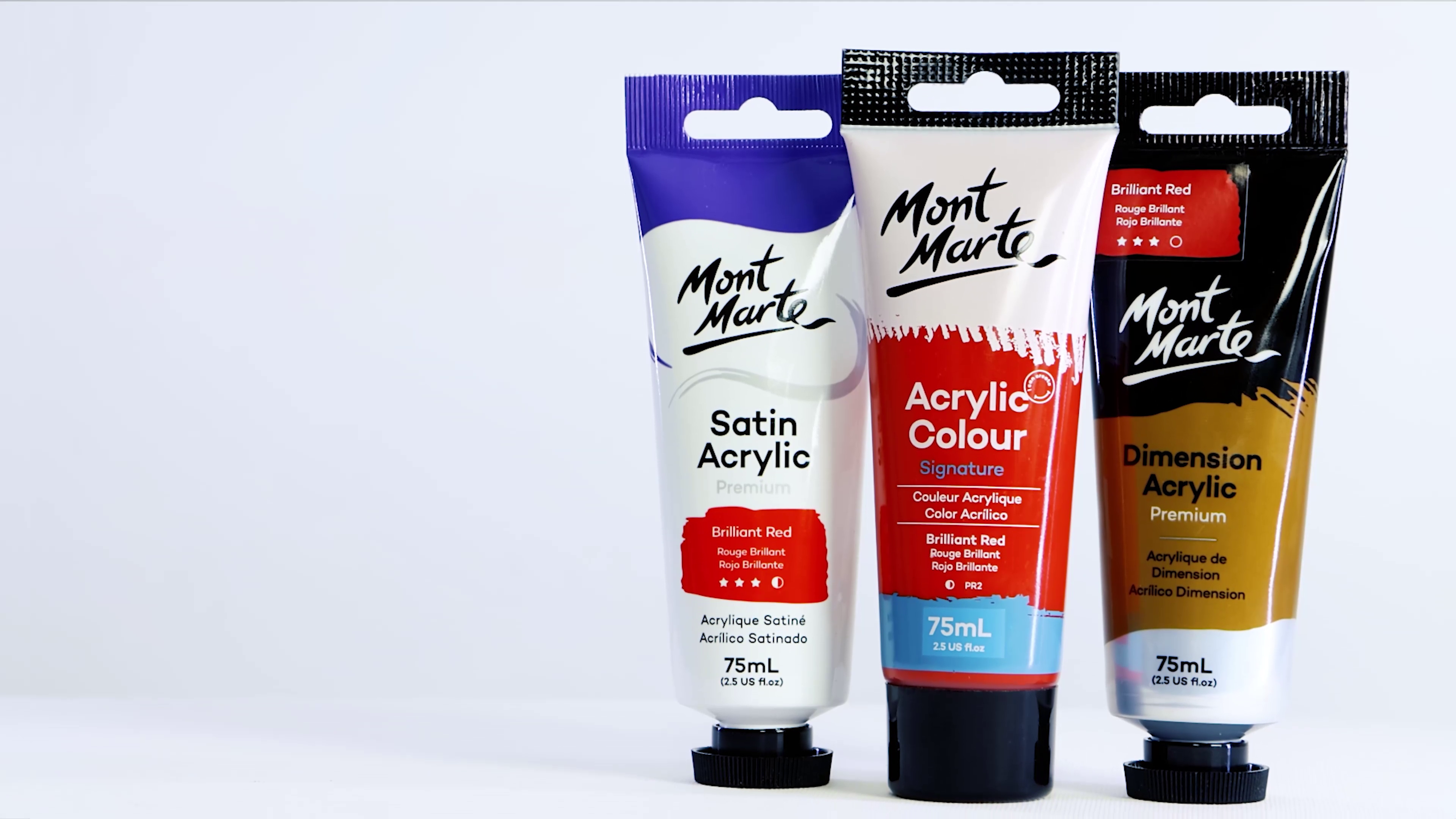Whether you’re learning how to start oil painting or just curious to see how different oil paints stack up, then you’ve come to the right place. In this guide to water mixable oil paint vs oil paint, we’re taking a closer look at the painting pair.
Oil paints: what to expect
Oil paints have a smooth, buttery consistency and dry to a satin or matte finish, depending on the colour. Because the colour pigment is made with oil, you can expect these paints to be thick and rich in colour. Oil paints need a chemical solvent like turpentine to control the flow of the paint and you’ll need to work in a well-ventilated area.
Oil paints have a good covering power and tinting strength so creating intense colours is easy. However, it’s well known that traditional oil paints take a long time to dry and it’s one of the main sticking points with them. Plus, oil paints can crack in artworks over time, so painting ‘fat over lean’ is a necessary technique, where you paint the lightest layer first then add more oil as you layer.
Water mixable oil paints: what to expect
Water mixable oil paints are a medium to heavy-bodied paint that dries to a semi-matte finish. This type of paint has a good coverage and can be used to create a range of oil paint techniques too. As the name suggests, water mixable oil paints can be mixed with water. This makes clean up much easier and you also won’t have any harsh smell of a chemical solvent. Water mixable oil paints also dry quicker than traditional oil paints.
So let’s take a look at how they stack up.
Compatibility
Water mixable oil paints have a satin finish and traditional oil paints tend to have a satin to matte finish, depending on the colour. Water mixable oil paints can be mixed with a range of mediums including acrylic, gouache, oil paints, linseed mediums and turpentine. On the other hand, traditional oil paints can only be used with solvents, acrylics or gouache paints.
Coverage
Both paints have a good coverage and with enough paint, they won’t skip on the canvas or paper.
When using paint from the tube, water mixable oils can take a while to get into the groove of things and get the flow right because they use water. In comparison, traditional oils tend to be easier to control the flow of the paints as turpentines is able to quickly cut through the thick oils.
Layering
When it comes to layering, both oil paints perform well. Water mixable oil paints can be blended into one another and they work nicely together. This paint won’t pull another colour through if layered on top. If you’re looking to create smooth blends, gradients of colour or smoky effects, then traditional oil paints tend to stack up better.
Vibrancy of colours
Both paints have nice, vibrant colours. You can expect more richness of the pigment with a traditional oil paint, than a water mixable oil paint, so it’s a win for oil paints there, but they’re pretty close to one other! Unless painted next to each other, most won’t be able to tell the difference. Traditional oils have a slight sheen to them so light captures the colours more too. If you’re not too fused on the small things, try water mixable oils. They’re also typically cheaper than traditional oil paints as they have less pigment.
Time
We know oil paints take a while to dry but this shouldn’t stop you from having some fun and experimenting. One of the greatest things with water mixable oils is how quickly they dry. Depending on how much paint is used, water mixable oils can be touch-dry after an hour. Oil paints will take much longer to touch dry, however, the curing process is about the same for both.
Clean up
There’s a clear winner when it comes to cleaning up and that trophy goes to water mixable oils. Because there’s no chemical solvent needed, these paints can be easily cleaned up with water and paper towels. Or a reusable cloth. So, wiping down palettes and paintbrushes is super easy. Traditional oils will need more time and care to clean things up, usually using turpentines and safflower oil along with an old rag or paper towel.
With all mediums, there will be pros and cons to both. In comparison, oil paints are richer in colour, easier to control the flow and have a great coverage with soft blends.
However, water mixable oil paints are easier to clean up, don’t need chemical solvents and dry quicker than oil paints. So, it’s really up to personal preference and what you’re looking for in paints. We say experiment with both if you can and find what works for you!
Ready to get started? Check out our range of oil paints or water mixable oil paints here. Or still learning? Check out our guide to oil brushes and find your next creative companion.


